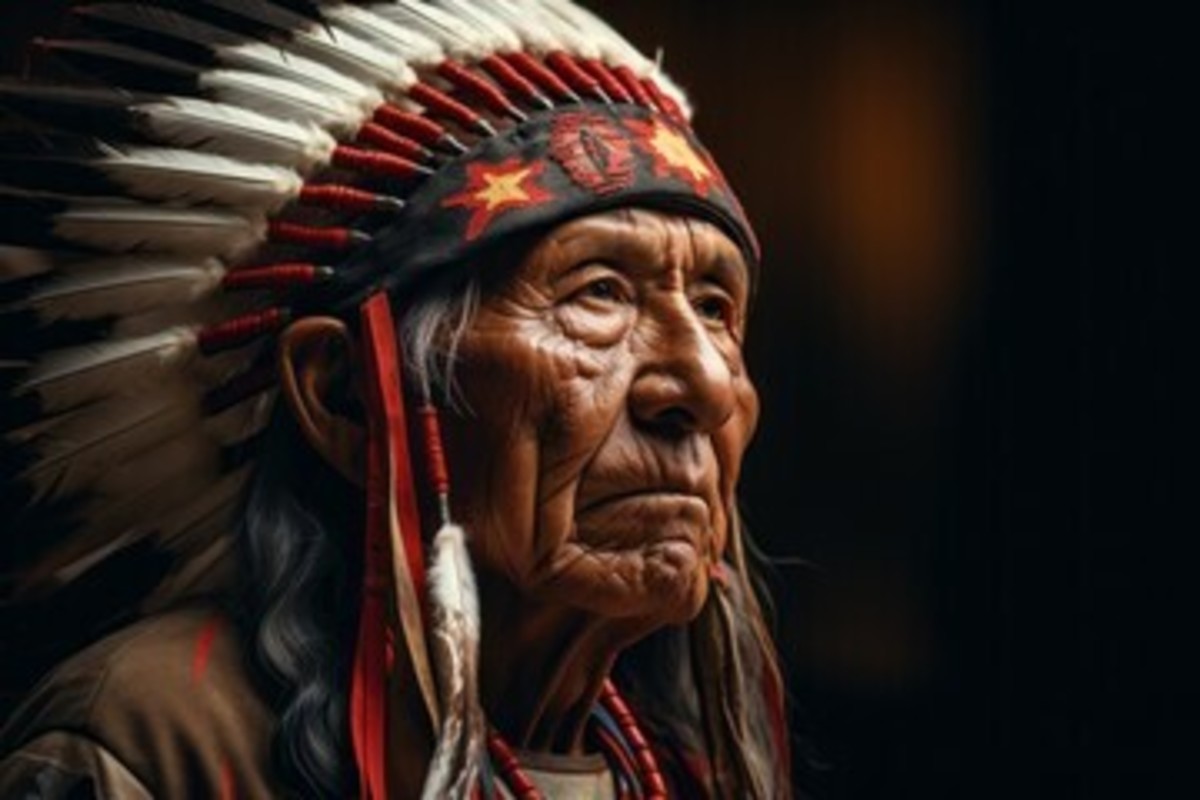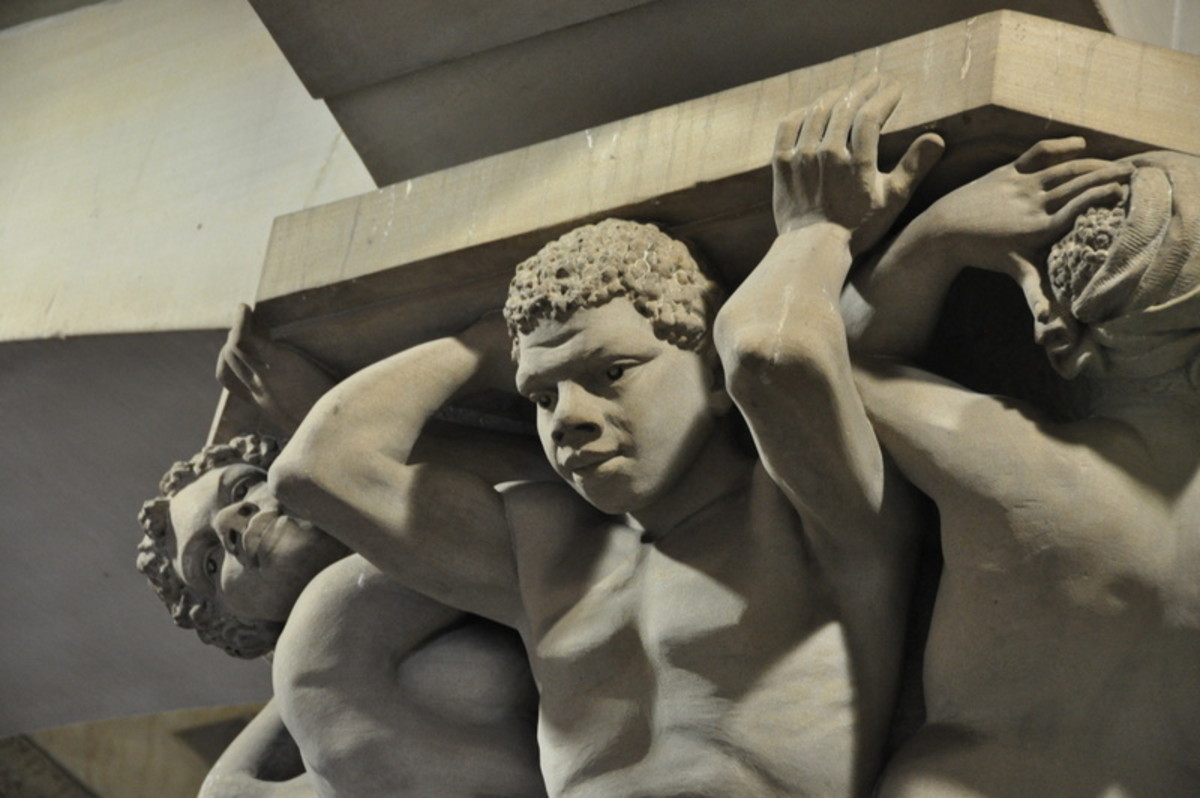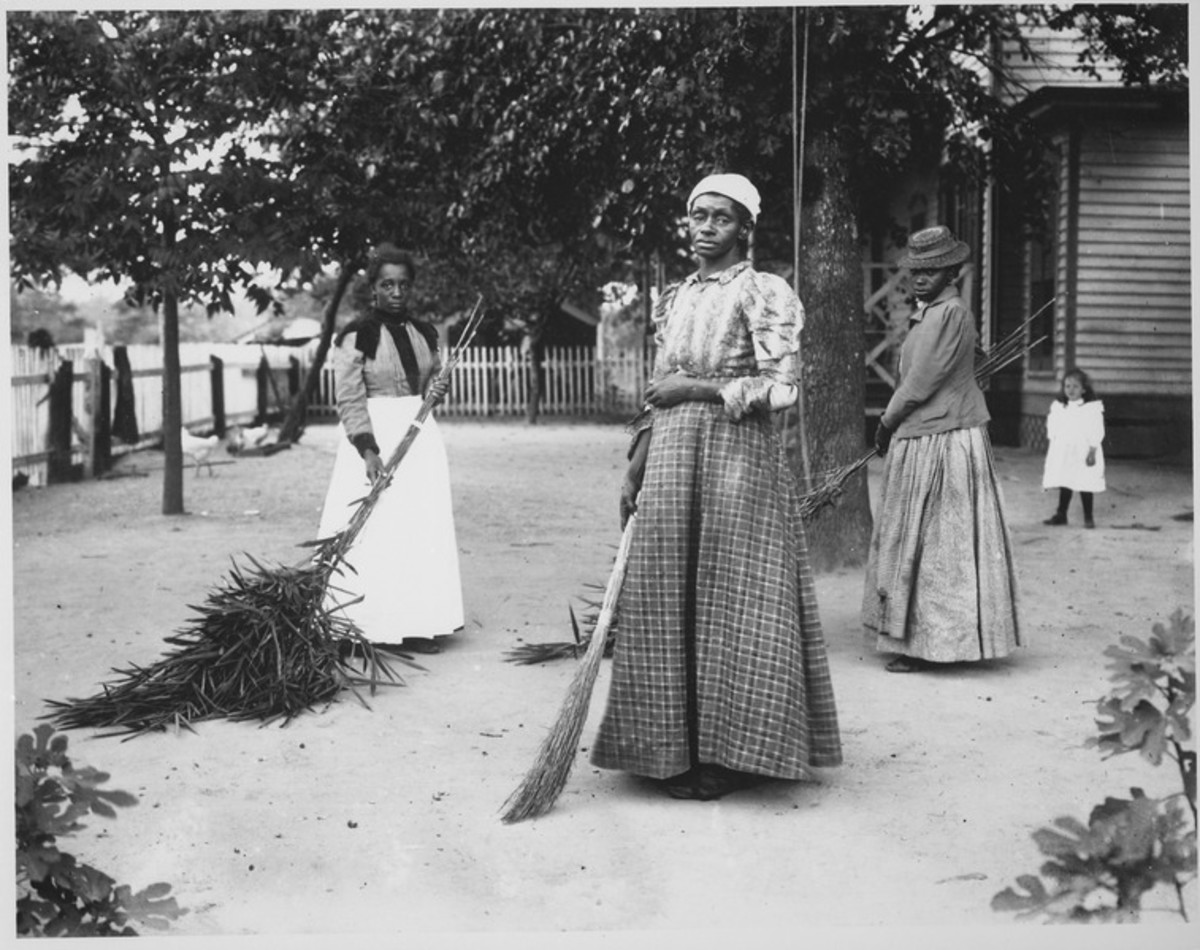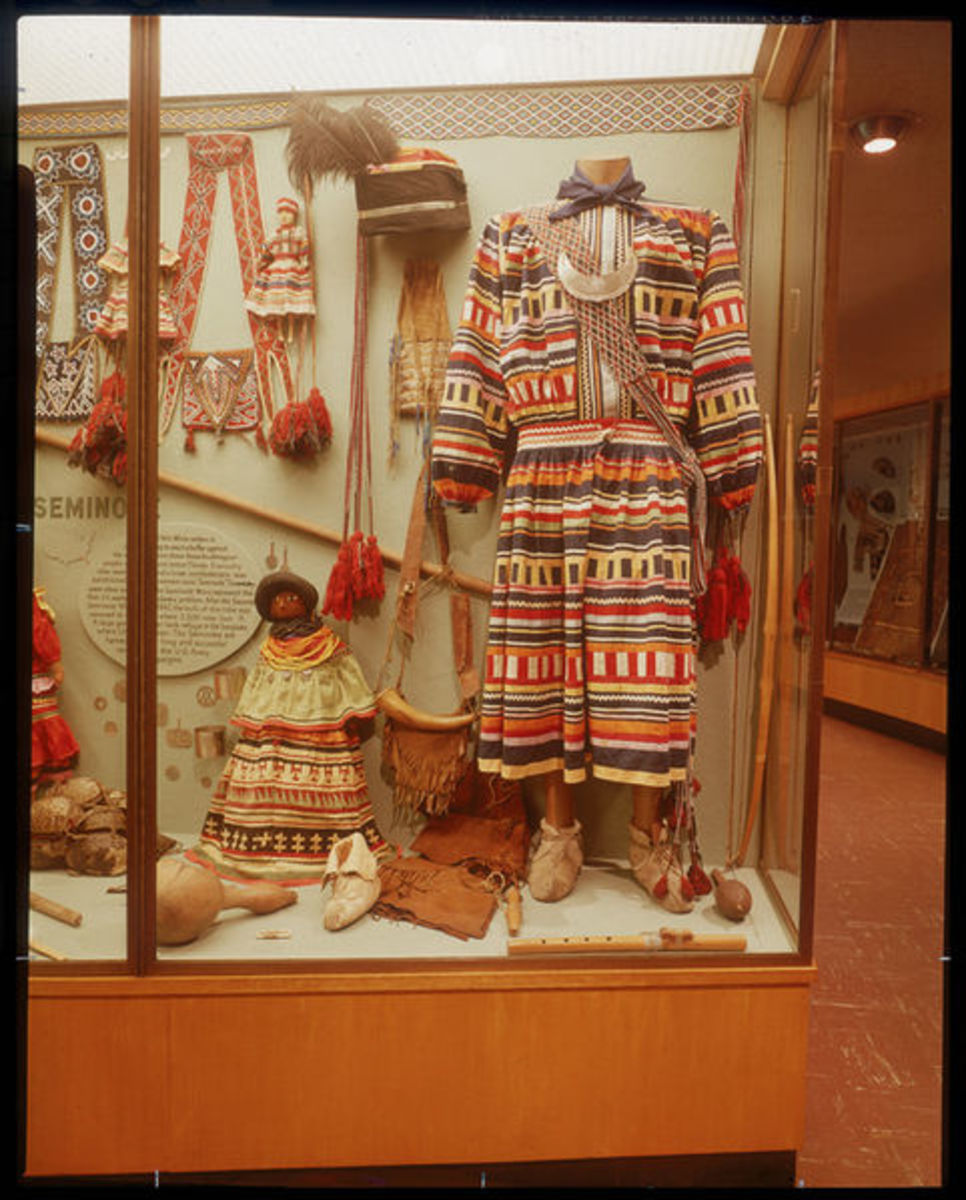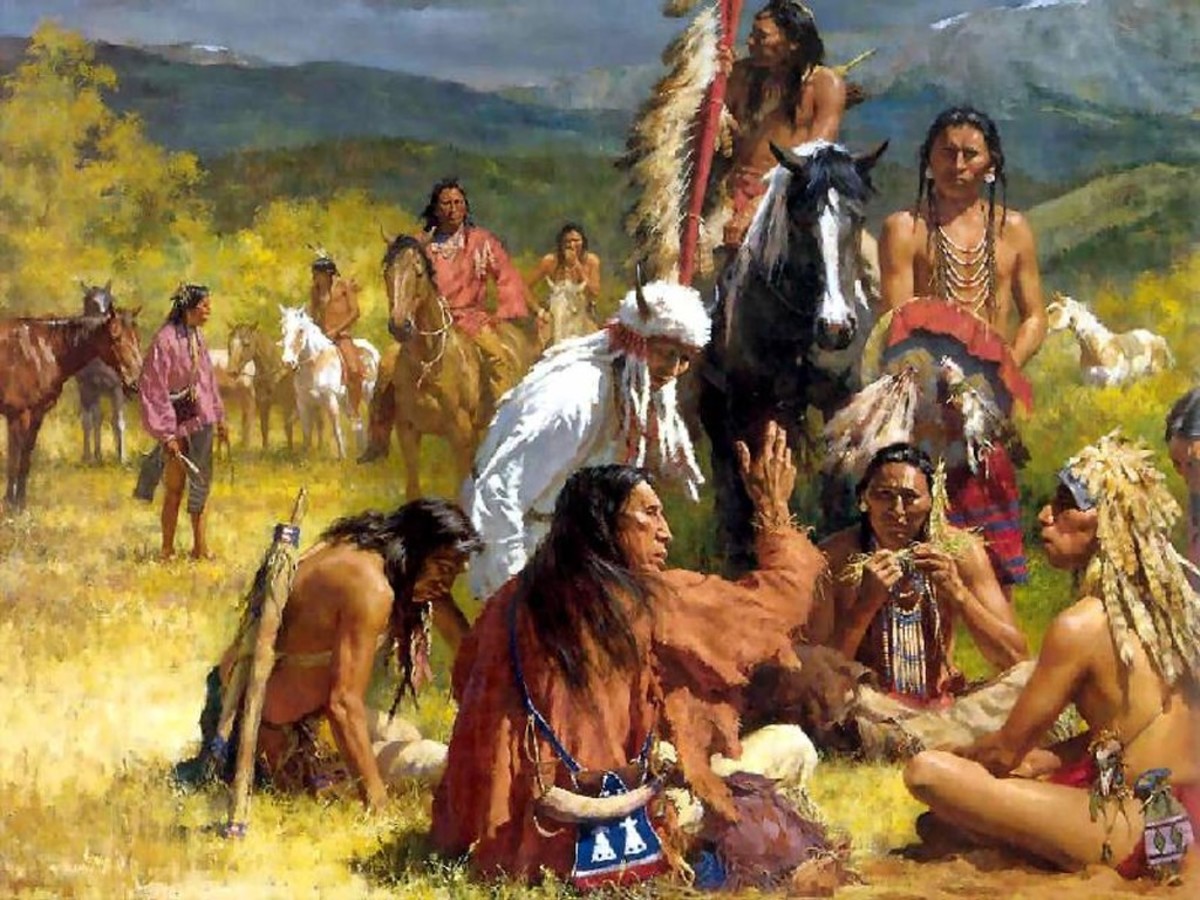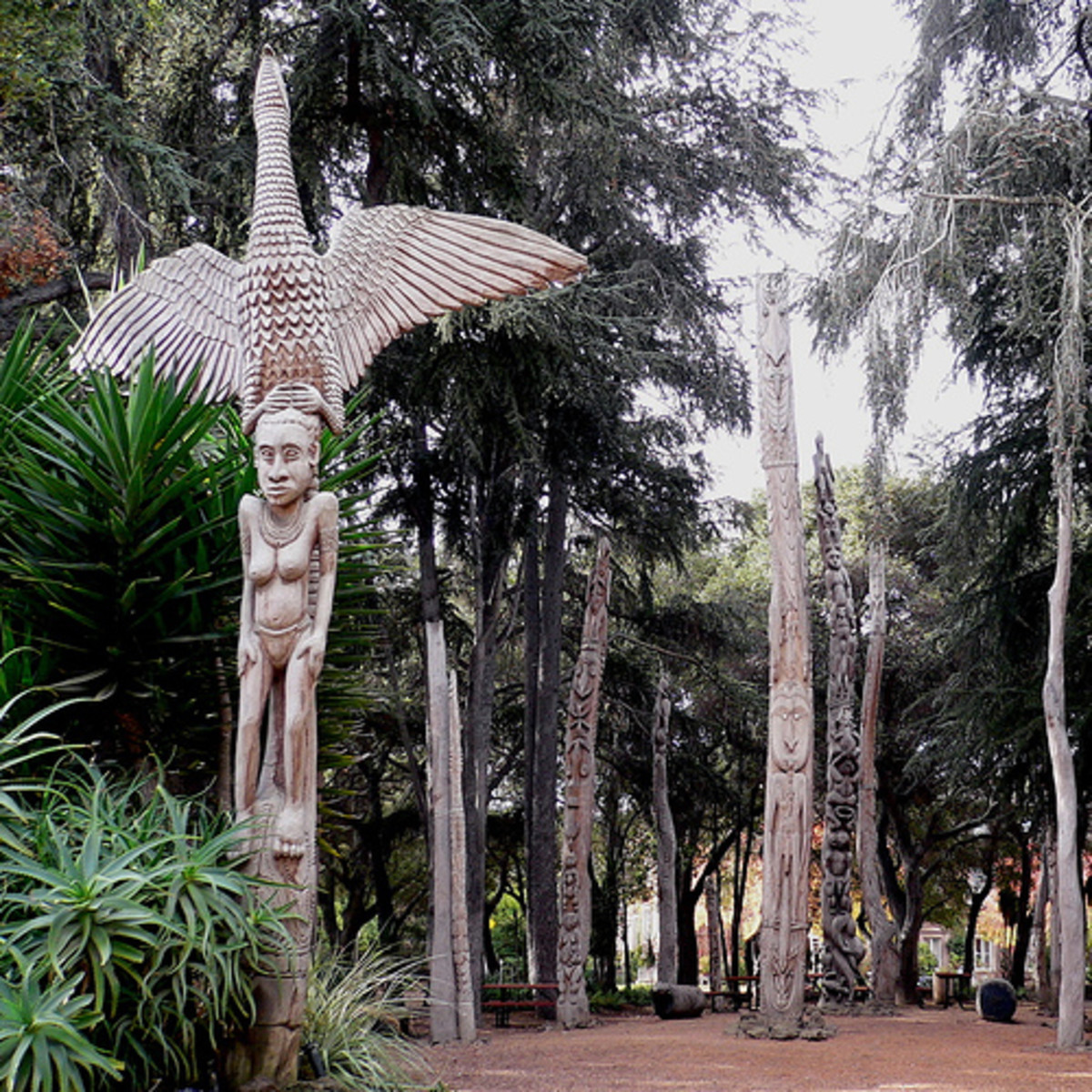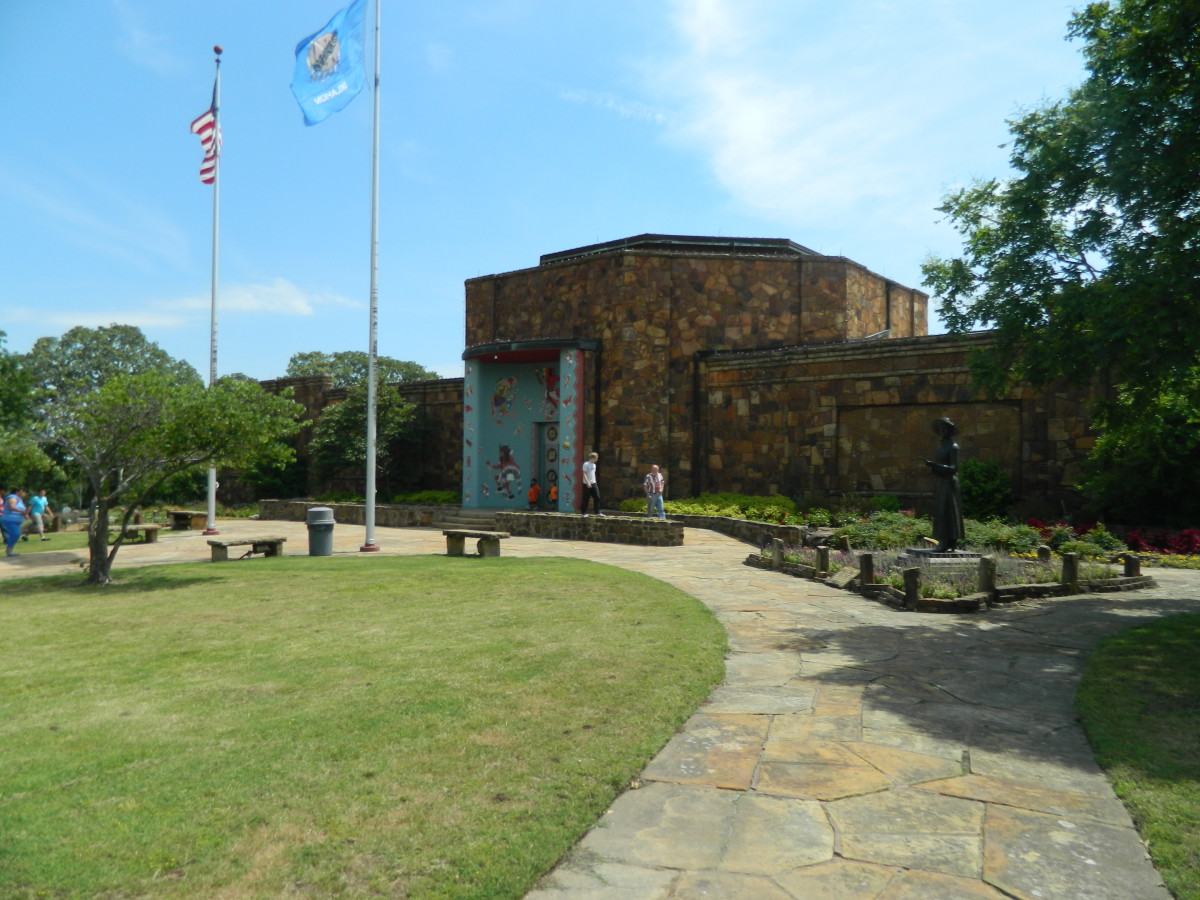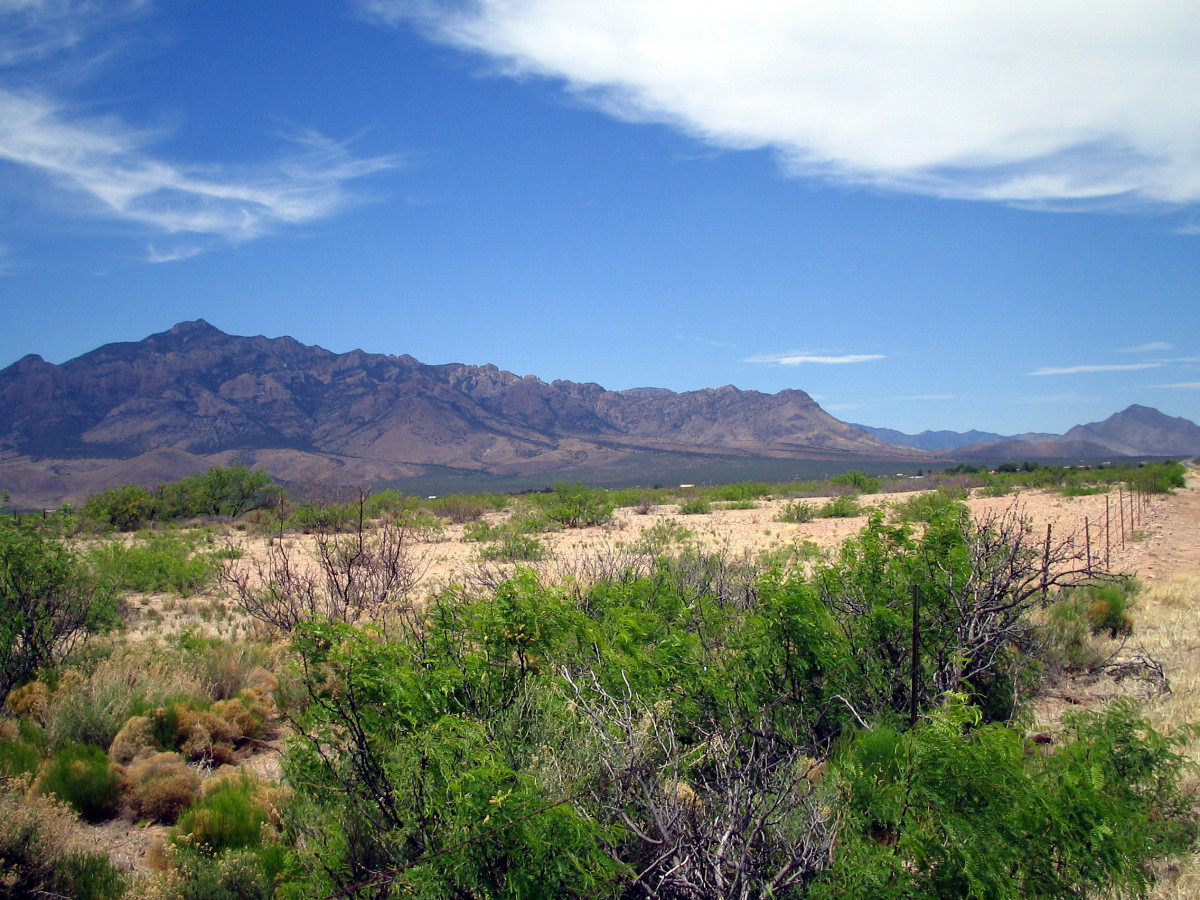- HubPages»
- Education and Science»
- History & Archaeology»
- History of the Americas
Black Seminoles
John Horse
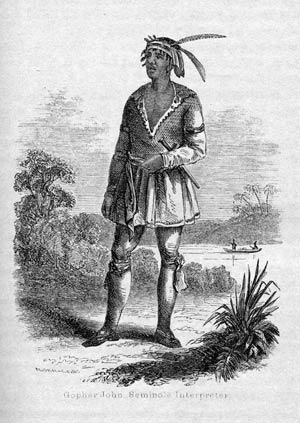
Before They Came
Spain's King Charles ll issued an edict in 1693, which stated that any male runaway slave from any English plantation would be granted freedom and refuge upon arrival in Spanish held Florida.
There were however two stipulations: (1) Join the militia that would protect Spanish settlers in St. Augustine and (2) convert to Catholicism.
This opened the door for runaway slaves from the Carolinas and Georgia, as well as free blacks to be in a position to take advantage of a better racial atmosphere. Free blacks and runaways were not the only ones to take advantage of this opportunity. Embattled Native Americans from the surrounding colonies who were tiring of confrontations with European settlers and battling other warring Native American tribes, elected to settle peacefully in Spanish Florida.
The original edict of 1693 was reaffirmed in November of 1733 by King Charles ll, due to the Spanish officials' lack of uniformity in enforcing the mandate. Various officials were returning some runaway slaves back to their former English masters and selling other blacks into new slavery for personal profit. This forced the King to replace officials who chose not to follow His mandate.
The Spanish exhibited a relaxed attitude towards race and slavery. To be sure, both the Spanish and the Native Americans held slaves. Under specific circumstances, a slave could challenge his condition of servitude in the courts. One instance being, that a slave cruelly or brutally treated could challenge and testify against his master in court. It was at the court's discretion to decide if the complainant would be transferred to another slaveowner or given his freedom.
Over a period of time a multi-cultural, multi-racial society evolved where some intermarrying between, Blacks, Spanish, and Native Americans occurred.
By 1783, the Spanish governor established Gracia Real de Santa Teresa de Mosa or Ft. Mose (pronounced moh say, the more commonly used name), as a settlement for runaway slaves and free blacks. Ft. Mose, thus became the first legal black community or town in North America.
Making New Alliances
By 1763, Spain had traded Florida for Havana with Britain, which had captured it previously.
By 1775, the British were offering runaway slaves freedom for fighting and siding with them during the American Revolutionary War. A huge influx of runaway slaves as well as the Seminole Indians, allied themselves with the British. This was where the emerging relationship between Blacks and Seminoles took seed.
The Seminoles
It is said that Seminole is a derivation of the Spanish word, "cimarron." It has been assigned various definitions, among them being; wild one, runaway, broken off, seceder, or separatist. Likewise, the name maroon which as the blacks came to be called, is a Spanish derivative, meaning runaway.
In the late 1700's, the Creek Tribes began migrating to Florida from Georgia and Alabama. Numerous confrontations with European settlers and other tribes, forced them to seek a new land where they could live in peace.
The Lower Creeks separated themselves from the Upper Creeks and settled in Florida, taking remnants of other tribes with them. Runaway slaves also sought refuge and protection among these Creeks, who were now known as the Seminole tribe. Some of the Seminoles also owned slaves. The slaves were obtained by conquering other tribes in battle, as gifts by the British to the chiefs, and some were even bought or traded for.
Evolution of a Relationship
Slavery and life with the Seminole was almost a "dream" compared to that with the southern slaveholder. Under the Seminoles, slaves were permitted to live in the settlements with free blacks. They were permitted land, where they grew beans, melons, corn, and other vegetables in abundance. They raised livestock, hunted , and fished. They bore arms, which alarmed and irritated the slaveholders bordering Florida. For this, they gladly paid a yearly tribute, which might consist of corn or livestock. Some of the blacks who spoke Spanish or English or both, were engaged as interpeters when the Seminoles dealt with the white traders.
When a black and Seminole marriage produced a child, that child was not considered a slave, but a free person according to Seminole custom or law.
Seminole Wars
There were three Seminole wars, occurring from 1817-18, 1835-42, and 1855-58.
The second Seminole war from 1835-42, was precipitated by the urging of the United States government to relocate the Seminoles (numbering 6000 at that time) and the free blacks (numbering 800, including runaways), to the Oklahoma Territory Indian Reservation. Here, the Seminoles would be in the midst of their life-long foes, and the blacks felt they would be turned over to slaveholders or even arrested.
Prior to the war in Vietnam, this had been the United States' longest war. Some prominent leaders emerged during the three Seminole Wars. For the Seminoles: Oceola, Micanopy, and Abiaka. For the Black Seminoles: John Horse, Abraham, and later in Mexico, John Kibbits.
After 1838, about 500 Black Seminoles along with some of the Seminole tribe were moved to the Indian Territory, located in Oklahoma. Believing they would be considered free men as promised by the U.S. Army, the Black Seminoles made this move willingly. Even after making this move, they had to stay alert against slave raiders, pro-slavery Creek Indians, and some Indians who were once allies. Bowing to pressure exerted by pro-slavery lobbyists, the U.S. Attorney General ordered the army to disarm the Black Seminoles. Fearing that the government would allow them to be enslaved, John Horse with 100 Black Seminole warriors escaped to Mexico where slavery was outlawed by this time (1850). They were recruited as militiamen and Indian fighters by the Mexican government.
In 1870, they were invited back to the U.S. and served in the army as scouts. The Seminole Negro Indian Scouts as they were known existed until 1914, the year in which they were disbanded.
Black Seminoles

Reference Material
The Seminoles by Edwin C. Mcreynolds
The Black Seminoles by Kenneth W. Porter
Africans and Seminoles by Daniel F. Littlefield, Jr.
Seminole by Theodore Pratt
Bullying In School
- Bullying In School
The school years, kindergarten through the twelfth grade, are the years our youth develop physically, socially, emotionally, and academically. Think about it, this is an intense learning period where we...
Protect Your Banking Information
- Protect Your Banking Information
It seems that whenever we think that we have taken every possible precaution to protect our families, assets, and even ourselves, we meet another stumbling block. The latest one, the crime called,...
Getting A Job If You Are A Temp
- Getting A Job If You Are A Temp
Getting hired on permanently if you are a temporary worker.
Agent Orange Lethal Killer
- Agent Orange Lethal Killer
Spraying Agent Orange With the exception of Vietnam era vets and their families, most Americans have nearly forgotten the war in Vietnam.Yet, we are still left and are dealing with the residual spillover...

